The IK and Karamojong people are available for tourists to interact with in Kidepo Valley National Park’s cultural interactions. Here, participating in a cultural experience entails learning more about the distinctive customs, societies, dances, and musical performances of the Karamojong and IK people. They are known as the nomadic pastoralists who are considered to be warriors, very violent people that still live and practice their traditional way of life in the remote areas of the Karamoja region in northeastern Uganda, bordering Kenya and southern Sudan.
The Karamojong are renowned for being barbaric people who have steadfastly clung to their traditional way of life, which dates back to the Stone Age before modernity swept the globe. They have been living here for a long time, engaging in the customary activities and practices that illustrate their lifestyle.
Their background
The Karamojong are a Nilotic language-speaking ethnic group of devoted nomadic farmers who came about 500 years ago from Ethiopia into north-eastern Uganda. The Karamojong, however, became weary on the journey and stayed behind, settling on the Moroto Mountain. They later gained their name from this, which means “tired old man,” and they mostly speak Karamojong as their native tongue.
The sizeable city of Moroto has a population of about 370,000 people, however, some of those who attempted to adapt to the new way of life have since migrated and are now residing in urban areas and other regions of the country. The Karamojong have mostly resisted modernization, much like their neighbors in northern Kenya and south-western Ethiopia, and continue to lead traditional lives that haven’t changed much since their initial arrival.
Due to Kidepo Valley National Park’s proximity to Moroto district and Karamoja’s remote location in Uganda, which does not see many visitors, you can also take the time to visit the Karamojong people. Trust me, the experience you will have will be worthwhile as you will get to interact with this group of people who have a strong sense of identity and who have still adopted their culture and traditional way of life, which is uncommonly seen today.
Conflict has always been a feature of Karamojong culture as a result of the community’s love of cattle, which has led to disagreements over animals. Assault guns became commonly available after the demise of the Amin administration, briefly closing the area off to outsiders, giving this a more menacing edge. However, since Joseph Kony and the Lord’s Resistance Army left northern Uganda in 2005 and the Ugandan government de-militarized Karamoja in 2011, the region is now both secure to explore and hospitable to tourists.
The IK COMMUNITY
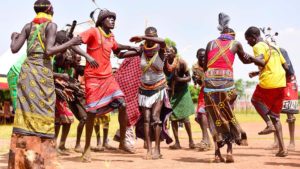
The establishment of the park caused the Ik people the most harm. The Ik were originally pastoralists who lost their herds to Karamojong and Turkana invaders. They are believed to have been the first migrants from Ethiopia. They were expelled from the park in 1962 after reverting to a hunter-gatherer way of life on the slopes of the Mountains. They had little choice except to try subsistence farming in the high mountains beyond the park, which was their only option.
Although the Ik still lead a meager existence in the Morungule Mountains, they have overcome their difficulties in recent years. They offer those who like to take guided hikes around their terrain. The trek’s expenses assist in defending the Ik from dangers posed by their neighbors. However, it is a beautiful walk with a rich narrative, and the money raised from trekkers goes to Ik community projects, protecting the locals from outside threats.
Their social experience
Due to their comparable styles of vivacious jump dancing, distinctive hut construction, and distinctive clothing, it might be challenging to differentiate between IK people and Karamojong first. The IK people speak Teuso, which is different from the Karamojong language. The Karamojong people conduct nomadic pastoralism and also practice subsistence farming.
With the age gap between consecutive generations, Karimojong’s age system—which has been a defining characteristic since it was established by their close neighbors, the Jie, in the nineteenth century—is inexorably collapsing.
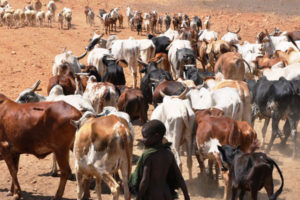
In North Eastern Uganda, the Karamojong tribe is also fascinating. They are a Nilotic people whose culture would not be complete without cattle. The Karamojong boys start helping out with herding the cattle when they are very young. The animals are gathered socially and supply the main source of food, cow blood.
However, the Karamojong approach is sufficiently resilient to sustain a generational conflict escalation that has lasted for more than 50 years. If a peaceful solution is no longer possible, the division results in a transfer of power from the current group to the following generation and a new status quo. A young Karamojong man must wrestle the woman he wants to marry as a test of his manhood and as a prerequisite for engagement
As of today, the local Karamojong who still resides in the isolated villages still follows these traditions as a means of celebration, if he is successful in winning the wrestling against the woman, he is now deemed to be a man and is permitted to marry the woman he is pursuing.
By following this practice, it is assumed that the man courting a lady is capable of providing for and shielding his wife from any harm or potential threats to his family. The dowry talks will begin and be discussed following a successful match. In the event, that the young man loses the match with the woman he wants to marry and is defeated by her, his people will not regard him as a man worthy of marrying their daughter.
This rite is solely necessary for Karamojong men and women; however, if a non-Karamojong man wishes to wed a Karamojong woman, he must also go through it. As a result, he will leave to wed a woman from a different tribe and tradition, where passing a strength test is not necessary to be granted the privilege of a marriage proposal.
The Karamojong culture
Crop production is a secondary activity, only carried out in locations where it is practical and where there are few fertile soils to aid in crop production. The Karamojong lifestyle is centered on cow raring, which is one of the strong cultural beliefs of this group of people. The primary purposes for keeping cattle are for milk and blood production.
The Karamojong have historically operated seasonal pastoral farming for about three to four months a year because of the region’s arid climate. As a result of the lack of pastures, they are forced to move to nearby areas in search of water and pasture for their animals. The Karamojong people’s primary sources of food are water and pastures, which has caused them to move and engage with other ethnic groups. Some of these ethnic groups have even migrated to other parts of the country to reside.
Visiting their homesteads
After watching the game, you would also go to the Karamojong community nearby. Here, you could learn more about the Karamojong traditions, their traditional way of life, and the Karimojong’s history. Even when the colonists arrived, this primitive tribe of people resisted assimilating into the new civilization. They continue to uphold their traditions, and the ladies will showcase them by dancing and singing around a built-in fire. This is a fantastic experience that you shouldn’t pass up while on a safari in the Kidepo Valley National Park, let alone when specifically visiting the Karamojong tribe.
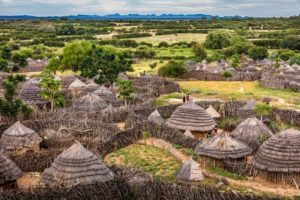
The Karamojong reside in traditional settlements known as Manyatta which are located close to the Kidepo Valley National Park. To witness the various animal species found in Kidepo Valley National Park, including elephants, zebras, and giraffes, among others, visitors to Kidepo National Park will also have the chance to visit the Karamojong Manyattas.
Meeting the Kidepo pastoralist Karamojong group will be a wonderful cultural experience. Discover their intriguing way of life, get to know the village elders, and participate in a recreational game with the neighborhood kids. Alternately, take a trip through the park’s Morungole Mountains to meet the fascinating Ik people. This isolated group of subsistence farmers has maintained their way of life, only venturing into the lowlands to trade grain. take a 4-day tour to kidepo valley national park to experience their intriguing culture and wildlife.
The Ik people, commonly referred to as “Mountain People,” are a distinctive Ugandan ethnic group found in Northeastern Uganda in the Morungule Mountains, Kabongo district. It is an excellent expedition to learn about the distant tribes in Africa. There are roughly 10,000 members of one of the country’s tiniest and most underrepresented tribes.

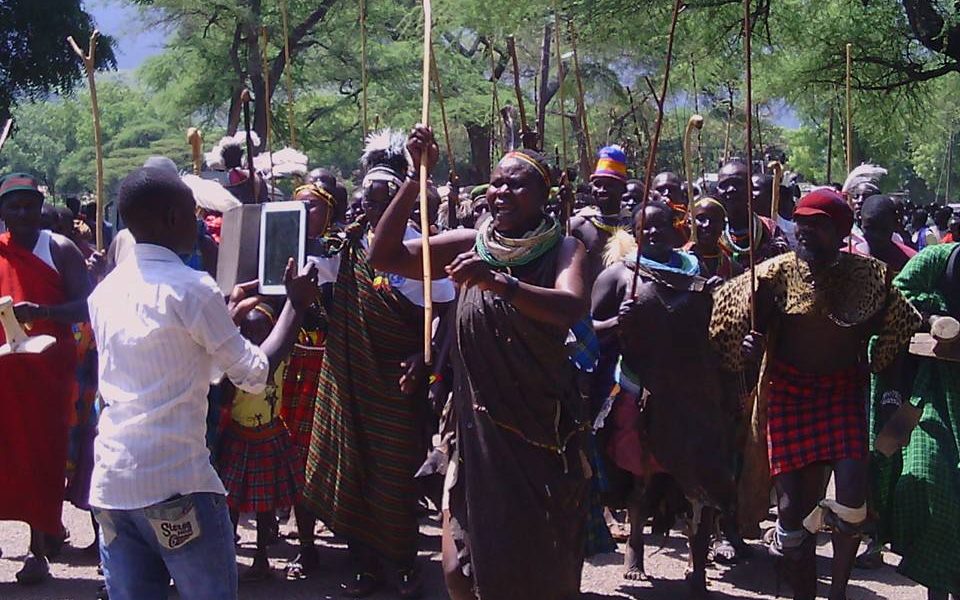
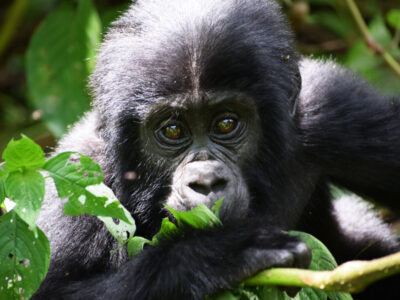

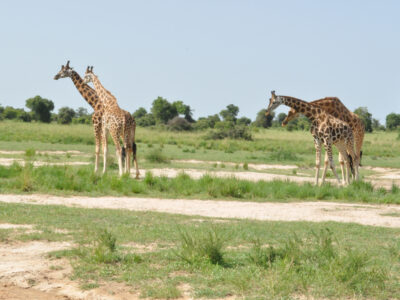
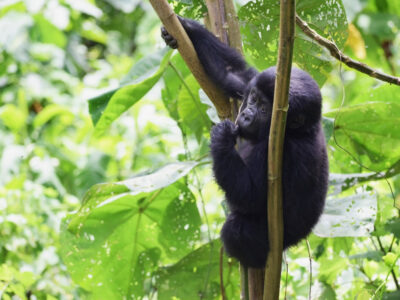
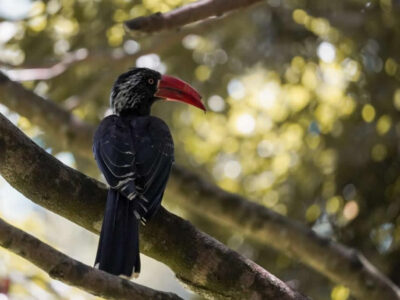
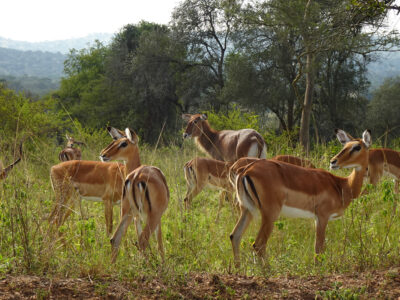
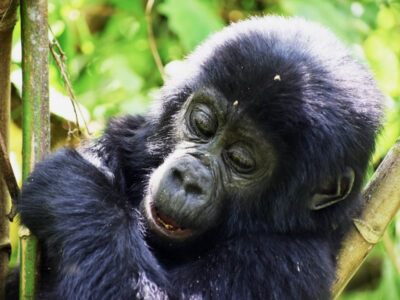
One Reply to “Cultural encounters in Kidepo Valley National Park”